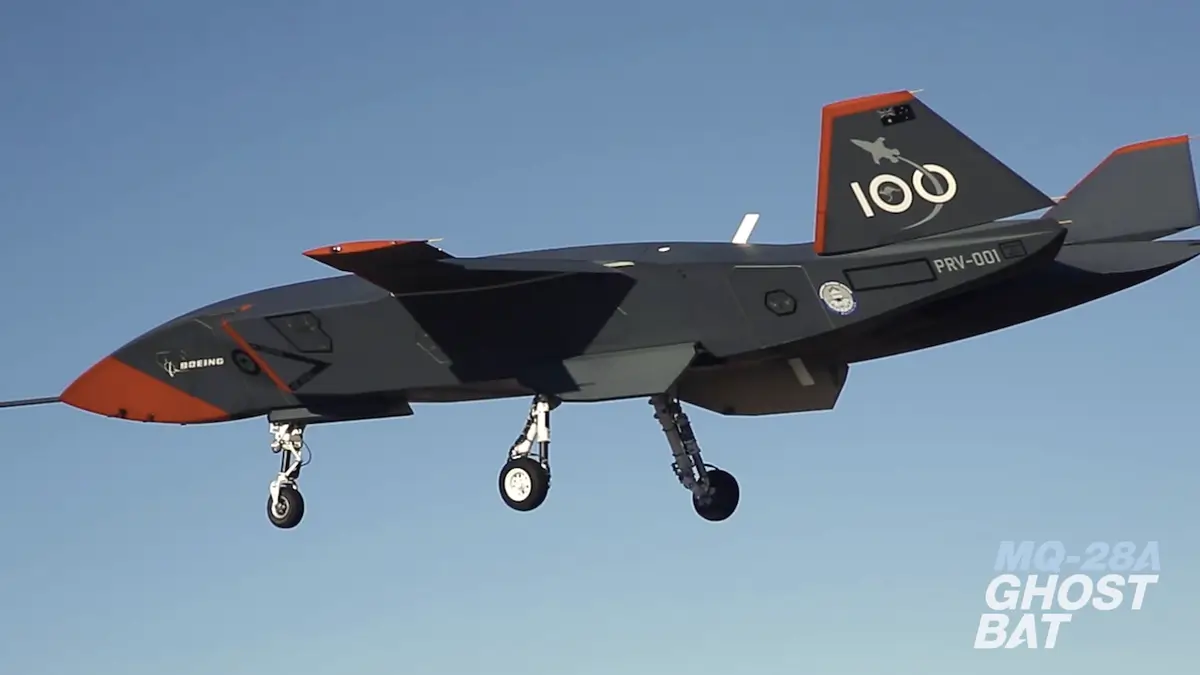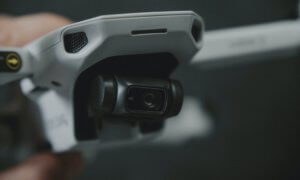A team of researchers from the University of Sherbrooke helped one fixed-wing drone face flat surfaces in a safe way. Instead of slamming into walls, they equipped it with claws to latch onto vertical surfaces #actionmagic
By copying birds’ natural behavior, a team of scientists figured out a way to avoid collision when it comes to drones. They modified a fixed-wing drone to act like a helicopter, instead of a plane, when it comes near flat surfaces. So, instead of slamming into walls, the Multimodal Autonomous Drone (S-MAD) is capable of hovering and then attaching itself to the hard, vertical surfaces.
In order to do that, the team equipped the drone with microspines. These are basically steel spikes that grip bumps and pits from two directions. Given their size and form, they can go deep into the micro-features of a rough surface.
This addition makes the drone useful for surveillance and research missions. Once the S-MAD is done gathering data, it can simply release the spines and fly off like a glider.
Follow TechTheLead on Google News to get the news first.






















